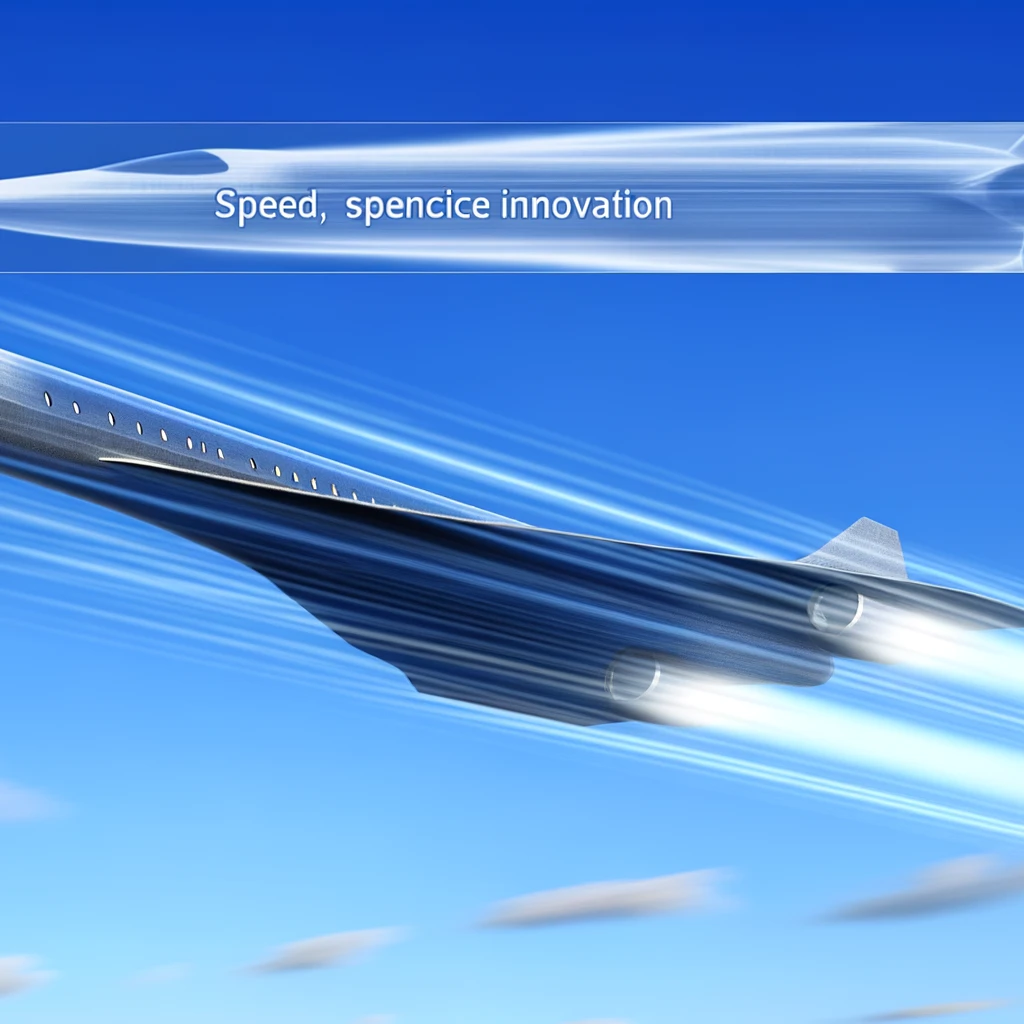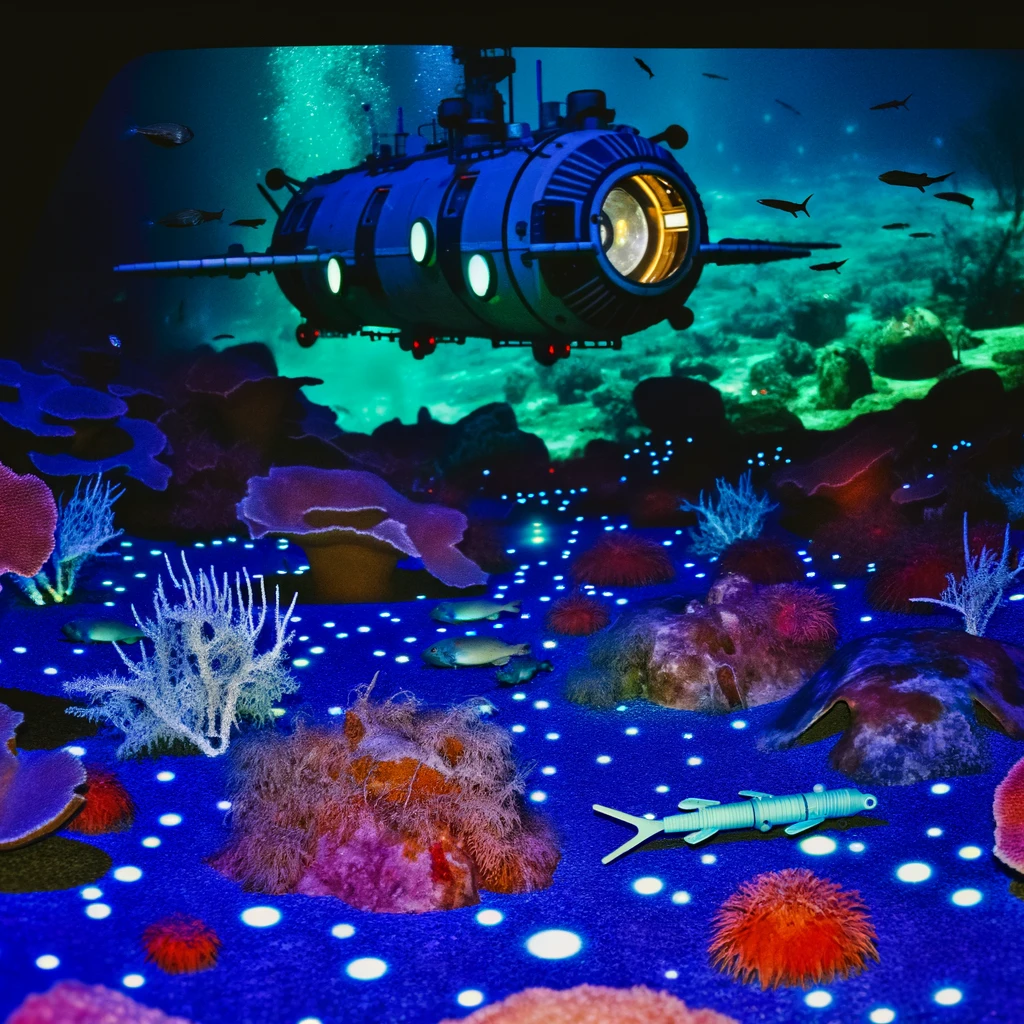
Introduction
Since the dawn of aviation, breaking the sound barrier has been a pinnacle of human engineering and innovation. Supersonic travel, defined as flight that exceeds the speed of sound, represents a significant leap forward in the transportation industry. This article delves into the history, challenges, and future prospects of supersonic travel, exploring how technology is continuously evolving to overcome the limitations of speed and efficiency.
The History of Supersonic Travel
The journey toward supersonic travel began in the mid-20th century, with the development of military aircraft capable of reaching speeds beyond Mach 1. The iconic Bell X-1, piloted by Chuck Yeager in 1947, was the first aircraft to officially break the sound barrier. This achievement opened doors to new possibilities in aviation, setting the stage for the development of commercial supersonic travel.
The Concorde Era
In the 1970s, the world witnessed the introduction of the Concorde, a joint venture between the United Kingdom and France. The Concorde was the first and, so far, the only commercial supersonic passenger aircraft. It could fly from New York to London in under three and a half hours, significantly reducing travel time across the Atlantic Ocean. However, high operating costs, environmental concerns, and the tragic crash in 2000 led to its retirement in 2003.
Challenges in Supersonic Travel
Despite the technological marvels, supersonic travel faces several challenges. One major issue is the sonic boom, a loud sound resembling an explosion, caused by shock waves created when an object travels through air faster than the speed of sound. This phenomenon has led to strict regulations, limiting supersonic flight over land due to noise pollution concerns.
Environmental Impact
The environmental impact of supersonic travel also raises concerns. Supersonic jets consume more fuel, leading to higher carbon emissions compared to subsonic aircraft. With rising awareness about climate change, the aviation industry faces pressure to develop more sustainable solutions.
The Future of Supersonic Travel
Despite these challenges, the quest for supersonic travel continues. Several companies are pioneering new technologies to revive this form of travel with a focus on sustainability and efficiency.
Innovations and Developments
Recent advancements in materials science, aerodynamics, and engine technology are paving the way for a new era of supersonic jets. Companies like Boom Supersonic and Aerion Supersonic are working on aircraft designs that promise reduced sonic booms and lower environmental impact. Their goal is to make supersonic travel viable once again, with flights potentially returning to commercial service in the next decade.
Regulatory Changes
As technology progresses, international aviation authorities are revisiting regulations to accommodate the next generation of supersonic aircraft. This includes creating new standards for noise levels and emissions, ensuring that future supersonic travel aligns with global environmental goals.
Conclusion
Breaking the sound barrier is more than just a technical achievement; it symbolizes human ambition and the relentless pursuit of progress. As we move forward, the challenges of supersonic travel must be addressed with innovative solutions that prioritize sustainability and efficiency. With continued investment and research, the dream of supersonic travel might soon become a reality, transforming the way we perceive time and distance in air travel.
Related Articles





